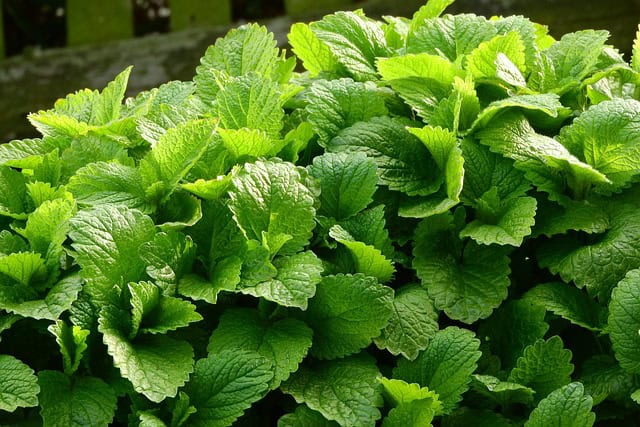Whether you have a thriving garden or just a few pots on your windowsill, knowing when and how to harvest lemon balm can help you make the most out of your plants. This guide provides all the essential information you need for a successful harvest.
Understanding Lemon Balm
Before discussing the harvest, let’s take a moment to appreciate what lemon balm is. This perennial herb can grow up to 30 inches tall and features crinkly, heart-shaped leaves that emit a delightful lemon fragrance, especially when bruised or crushed. Traditionally, it has been used in teas, tinctures, and culinary dishes for its calming and digestive properties. With a little effort, you can enjoy this herb fresh from your garden.
When to Harvest Lemon Balm
The best time to harvest lemon balm is during its peak growing season, which typically occurs in late spring and summer. Here are a few indicators to know when it’s the right time to gather your leaves:
Growth Stage: Lemon balm grows rapidly and becomes bushier with more leaves. Aim to harvest when the plant is at least 6 to 12 inches tall and has ample leaves.
Leaf Size: The younger leaves at the top are usually the most fragrant and flavorful. They tend to be more tender and ideal for culinary uses. When leaves are around 3 to 4 inches long, it’s a good time to harvest.
Before Flowering: While the flowers of lemon balm are edible and can also be used in teas, the leaves are often the primary focus. To maintain a stronger flavor in the leaves, harvest before the plant starts to flower, usually in late spring to early summer.
Early Morning Harvest: The best time to collect lemon balm is in the early morning when the dew has dried but before the sun is too hot. At this time, the essential oils are concentrated, and the leaves will have maximum flavor.
How to Harvest Lemon Balm
Harvesting lemon balm is straightforward and requires minimal tools. Here’s a step-by-step guide to ensure you do it effectively:
Tools Needed:
Sharp Scissors or Garden Shears: A clean sharp tool will ensure a clean cut, which is better for plant health.
Basket or Container: To collect your harvest.
Steps:
Select Stems: Choose healthy stems that are free from disease, damage, or pests. Focus on the upper plant branches, where the leaves are the freshest.
Cutting Technique: Use your scissors or shears to cut the stems just above a leaf node or just below a set of leaves. This promotes new growth and allows the plant to continue thriving after the harvest.
Gathering: Place the cut stems in your container as you go, being careful not to crush the leaves.
Leave Some Behind: Harvest no more than one-third of the plant at a time. This ensures that your lemon balm will continue to grow robustly and allows the plant to recover quickly.
Storing Your Harvest
Once you have harvested your lemon balm, storing it correctly ensures that you can enjoy its properties for weeks to come.
Fresh Use: If you plan to use the leaves fresh, rinse them lightly and store them in a damp paper towel inside a plastic bag in the refrigerator. They should last for about a week.
Drying for Tea: For dried lemon balm, tie small bundles of stems together and hang them upside down in a cool, dark, and well-ventilated area. Once dried (which usually takes about a week), store the leaves in an airtight container away from light and moisture.
Freezing: Another excellent way to preserve lemon balm is to chop the leaves and place them in ice cube trays filled with water. Once frozen, transfer the cubes to a bag or container and use them in teas or cooking as needed.
Culinary and Medicinal Uses
Lemon balm can be utilized in a variety of ways:
Tea: Simply steep 1 tablespoon of fresh leaves in hot water for about 10 minutes for a soothing herbal tea.
Cooking: Use fresh leaves to flavor dishes such as salads, fish, and marinades. It pairs well with chicken and can brighten up starchy dishes.
Tinctures: Lemon balm is also used in herbal medicine as a calming agent, and it is often found in preparations that aim to reduce anxiety and promote sleep.




